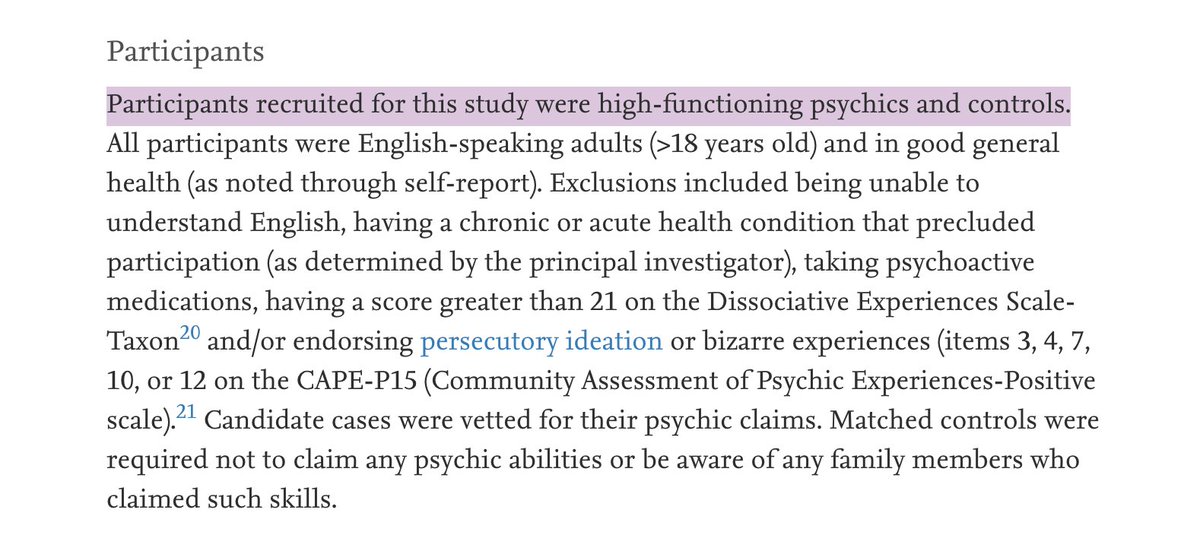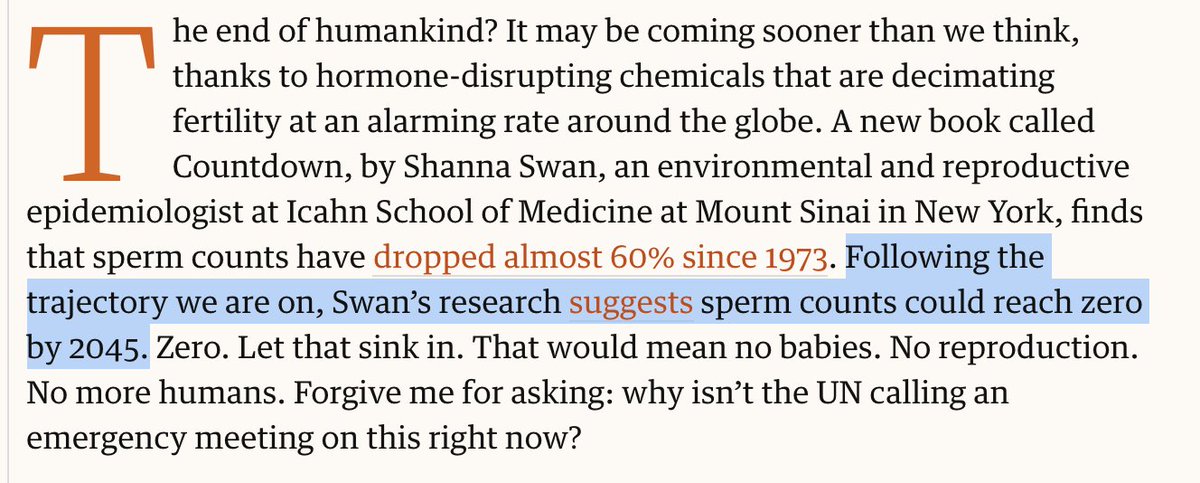
Here's an interesting example of how many of our lessons you can pack into one story.
We start with a forward reference headline. (Answer: Yellow).
Then a completely meaningless subhead, unless by perfect combination they mean minimal supply, maximal demand. (They don't).
We start with a forward reference headline. (Answer: Yellow).
Then a completely meaningless subhead, unless by perfect combination they mean minimal supply, maximal demand. (They don't).

To be fair, the FOX story manages not to claim that color has a causal effect on resale value, though the implication seems to be there.
The study itself, run by an online car sales site, fails this test badly, using causal language throughout.
iseecars.com/car-color-study



The study itself, run by an online car sales site, fails this test badly, using causal language throughout.
iseecars.com/car-color-study




The problem is, this study is hopelessly confounded. It doesn't control for make and model, options, sticker price, etc.
To illustrate, we might expect more expensive cars to depreciate faster. If color correlates with sticker price, we'll see what appear to be color effects on depreciation. For SUVs, this is exactly what we see. Yellow SUVs have the lowest sticker prices, and depreciate the least. 

But this isn't the whole story. In general we see the same strong pattern for other types of vehicles — but for e.g. sedans yellow *is* an odd outlier with surprisingly low deprecation. Indeed there could be a causal element here.
But the key points are 1) the analysis doesn't attempt to deal with confounding, despite the fact that the original dataset would have a lot of what you'd need, and 2) the story focuses on the net values instead of the residual against prediction given sticker prices.
• • •
Missing some Tweet in this thread? You can try to
force a refresh











